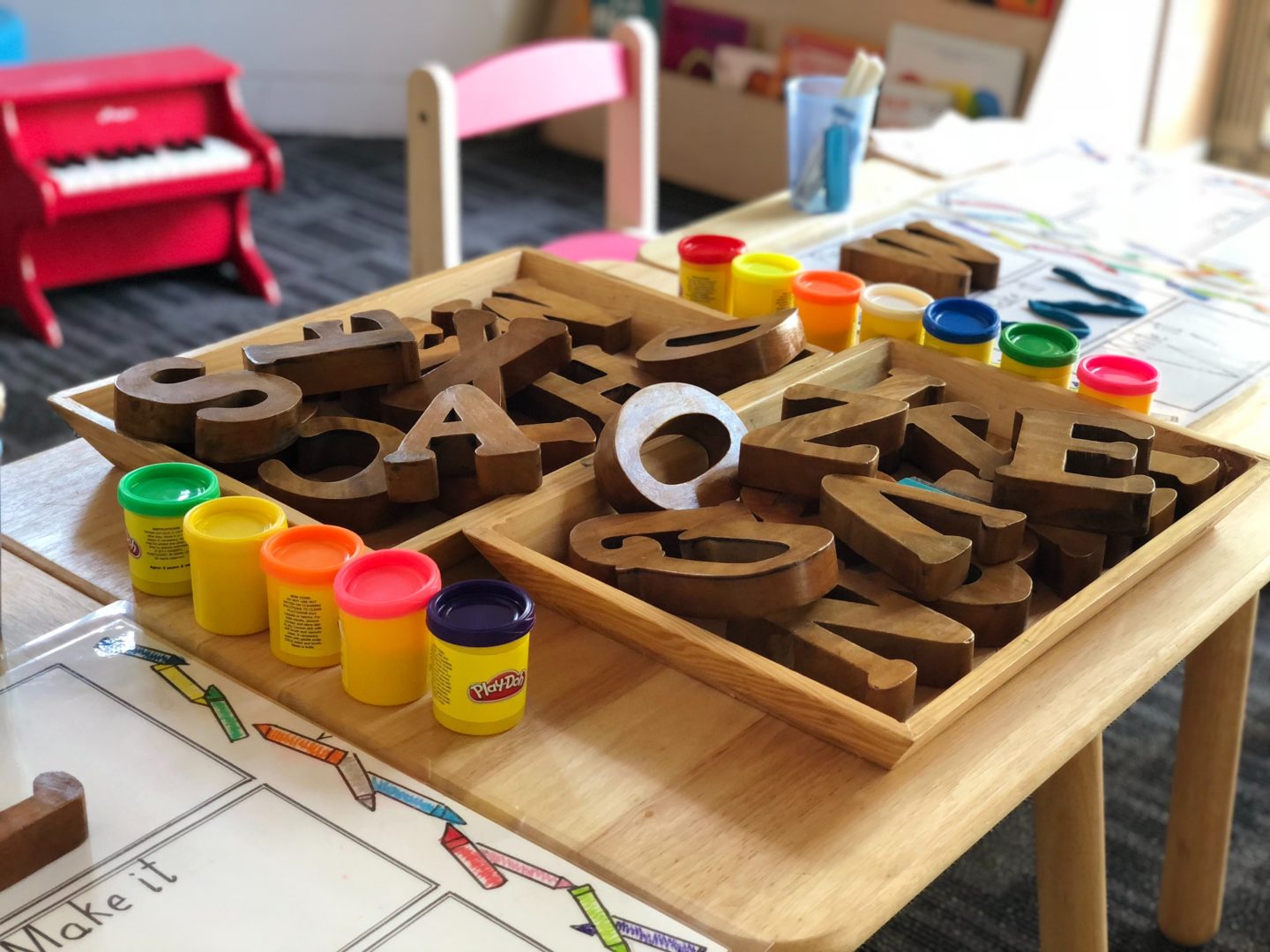The theories that speak to me the most as an educator are cognitivism and constructivism. As an educator, I generally plan thoughtful activities for my students in the hopes of increasing their knowledge and ability, while covering curriculum content. I observe the students while they are doing activities to ensure they are understanding the content and to share their learning with their families. Some concepts require memorization, but also to relate it to existing knowledge (Bates, 2019), which is why constructivism also speaks to me. I believe and have experienced that students enter school with their own experiences and knowledge and they build upon that once they enter the school system. For example, some students come to school knowing how to draw and print letters, but may be unfamiliar with writing words or making words. Students use their prior knowledge and new experiences to learn how to write and make words. As an educator, I use constructivism in my teaching when I provide students with free play, in which they get to play with any materials in the class and socialize with others. During this time, students are taking responsibility for their learning. In their own ways and terms, they are learning how to socialize with others and learning things about themselves and others they would not learn by doing seat work. I act as a guide on the side and only come into their activities if they ask me to or if I see any unsafe behaviour.
In my teaching, I use the app FreshGrade to report students’ learning to families. This app could align with several theories, but I have used it in a cognitivism approach. I plan activities that cover the curriculum content and hope students will increase their knowledge and ability. I observe the students while they are doing activities and share their learning with families through pictures and videos. I also tell students to let me know when they want something shared with their families so I can take a picture or video and share for them. I know many intermediate teachers allow students to take charge of the app. Students use the app on their own and are responsible for sharing their learning with their families through pictures or videos, and comments. Teachers also comment on the students’ work once it is posted on FreshGrade, but act more as a guide and provide feedback.
References
Bates, A.W. (2019). Teaching in a Digital Age – Second Edition. Vancouver, B.C.: Tony Bates Associates Ltd. Retrieved from https://pressbooks.bccampus.ca/teachinginadigitalagev2/


Teaching in a digital environment is really a fun and learning through technology makes everything so easy and interesting. I like the way to actually implementing your teaching strategies in the real classroom environment. The ultimate purpose of education is imparting and expanding knowledge in a caring environment